#afro jamaicans
Text


Afro-Jamaicans are Jamaicans of predominant African descent. They represent the largest ethnic group in the country.
The ethnogenesis of the African Jamaican people stemmed from the Atlantic slave trade of the 16th century, when enslaved Africans were transported as slaves to Jamaica and other parts of the Americas. During the period of British rule, slaves brought into Jamaica were primarily Akan, some of whom ran away and joined with Maroons and even took over as leaders
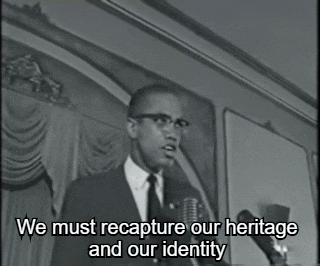
West Africans were enslaved in wars with other West African states and kidnapped by either African or European slavers. The most common means of enslaving an African was through abduction.

Based on slave ship records, enslaved Africans mostly came from the Akan people (notably those of the Asante Kotoko alliance of the 1720's: Asante, Bono, Wassa, Nzema and Ahanta) followed by Kongo people, Fon people, Ewe people, and to a lesser degree: Yoruba, Ibibio people and Igbo people. Akan (then called Coromantee) culture was the dominant African culture in Jamaica.
Originally in earlier British colonization, the island before the 1750s was in fact mainly Akan imported. However, between 1663 and 1700, only six per cent of slave ships to Jamaica listed their origin as the Gold Coast, while between 1700 and 1720 that figure went up to 27 per cent. The number of Akan slaves arriving in Jamaica from Kormantin ports only increased in the early 18th century. But due to frequent rebellions from the then known "Coromantee" that often joined the slave rebellion group known as the Jamaican Maroons, other groups were sent to Jamaica. The Akan population was still maintained, since they were the preference of British planters in Jamaica because they were "better workers", according to these planters. According to the Slave Voyages Archives, though the Igbo had the highest importation numbers, they were only imported to Montego Bay and St. Ann's Bay ports, while the Akan (mainly Gold Coast) were more dispersed across the island and were a majority imported to seven of 14 of the island's ports (each parish has one port).

Myal and Revival
Kumfu (from the word Akom the name of the Akan spiritual system) was documented as Myal and originally only found in books, while the term Kumfu is still used by Jamaican Maroons. The priest of Kumfu was called a Kumfu-man. In 18th-century Jamaica, only Akan gods were worshipped by Akan as well as by other enslaved Africans. The Akan god of creation, Nyankopong was given praise but not worshipped directly. They poured libation to Asase Ya, the goddess of the earth. But nowadays they are only observed by the Maroons who preserved a lot of the culture of 1700s Jamaica.
"Myal" or Kumfu evolved into Revival, a syncretic Christian sect. Kumfu followers gravitated to the American Revival of 1800 Seventh Day Adventist movement because it observed Saturday as god's day of rest. This was a shared aboriginal belief of the Akan people as this too was the day that the Akan god, Nyame, rested after creating the earth. Jamaicans that were aware of their Ashanti past while wanting to keep hidden, mixed their Kumfu spirituality with the American Adventists to create Jamaican Revival in 1860. Revival has two sects: 60 order (or Zion Revival, the order of the heavens) and 61 order (or Pocomania, the order of the earth). 60 order worships God and spirits of air or the heavens on a Saturday and considers itself to be the more "clean" sect. 61 order more deals with spirits of the earth. This division of Kumfu clearly shows the dichotomy of Nyame and Asase Yaa's relationship, Nyame representing air and has his 60 order'; Asase Yaa having her 61 order of the earth. Also the Ashanti funerary/war colours: red and black have the same meaning in Revival of vengeance. Other Ashanti elements include the use of swords and rings as means to guard the spirit from spiritual attack. The Asantehene, like the Mother Woman of Revival, has special two swords used to protect himself from witchcraft called an Akrafena or soul sword and a Bosomfena or spirit sword

Jamaican Patois, known locally as Patwa, is an English creole language spoken primarily in Jamaica and the Jamaican diaspora. It is not to be confused with Jamaican English nor with the Rastafarian use of English. The language developed in the 17th century, when enslaved peoples from West and Central Africa blended their dialect and terms with the learned vernacular and dialectal forms of English spoken: British Englishes (including significant exposure to Scottish English) and Hiberno English. Jamaican Patwa is a post-creole speech continuum (a linguistic continuum) meaning that the variety of the language closest to the lexifier language (the acrolect) cannot be distinguished systematically from intermediate varieties (collectively referred to as the mesolect) nor even from the most divergent rural varieties (collectively referred to as the basilect). Jamaicans themselves usually refer to their use of English as patwa, a term without a precise linguistic definition.
Jamaican Patois contains many loanwords of African origin, a majority of those etymologically from Gold Coast region (particularly of the Asante-Twi dialect of the Akan language of Ghana).
Most Jamaican proverbs are of Asante people, while some included other African proverbs

Jamaican mtDNA
A DNA test study submitted to BMC Medicine in 2012 states that "....despite the historical evidence that an overwhelming majority of slaves were sent from the Bight of Biafra and West-central Africa near the end of the British slave trade, the mtDNA haplogroup profile of modern Jamaicans show a greater affinity with groups found in the present-day Gold Coast region Ghana....this is because Africans arriving from the Gold Coast may have thus found the acclimatization and acculturation process less stressful because of cultural and linguistic commonalities, leading ultimately to a greater chance of survivorship and a greater number of progeny."
More detailed results stated: "Using haplogroup distributions to calculate parental population contribution, the largest admixture coefficient was associated with the Gold Coast(0.477 ± 0.12 or 59.7% of the Jamaican population with a 2.7 chance of Pygmy and Sahelian mixture), suggesting that the people from this region may have been consistently prolific throughout the slave era on Jamaica. The diminutive admixture coefficients associated with the Bight of Biafra and West-central Africa (0.064 ± 0.05 and 0.089 ± 0.05, respectively) is striking considering the massive influx of individuals from these areas in the waning years of the British Slave trade. When excluding the pygmy groups, the contribution from the Bight of Biafra and West-central rise to their highest levels (0.095 ± 0.08 and 0.109 ± 0.06, respectively), though still far from a major contribution. When admixture coefficients were calculated by assessing shared haplotypes, the Gold Coast also had the largest contribution, though much less striking at 0.196, with a 95% confidence interval of 0.189 to 0.203. When haplotypes are allowed to differ by one base pair, the Jamaican matriline shows the greatest affinity with the Bight of Benin, though both Bight of Biafra and West-central Africa remain underrepresented. The results of the admixture analysis suggest the mtDNA haplogroup profile distribution of Jamaica more closely resembles that of aggregated populations from the modern-day Gold Coast region despite an increasing influx of individuals from both the Bight of Biafra and West-central Africa during the final years of trading enslaved Africans.
The aforementioned results apply to subjects whom have been tested. Results also stated that African Jamaicans (that make up more than 90% of the population) on an average have 97.5% of African MtDNA and very little European or Asian ancestry could be found. Both ethnic and racial genetic results are based on a low sample of 390 Jamaican persons and limited regional representation within Jamaica. As Afro-Jamaicans are not genetically homogeneous, the results for other subjects may yield different results.
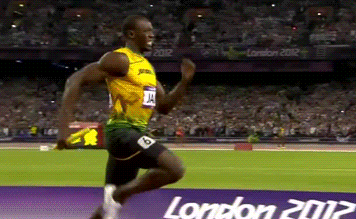
#african#afrakan#kemetic dreams#africans#brownskin#brown skin#afrakans#african culture#afrakan spirituality#asante#jamaican#benin#bight of biafra#gold coast#mtdna#afro jamaicans#twi#west africa#africa#algeria#uganda#ethiopia#ghana#myal#rastafari#rasta#rastaman#rasta love#kisumi amau#tegan and sara
86 notes
·
View notes
Text

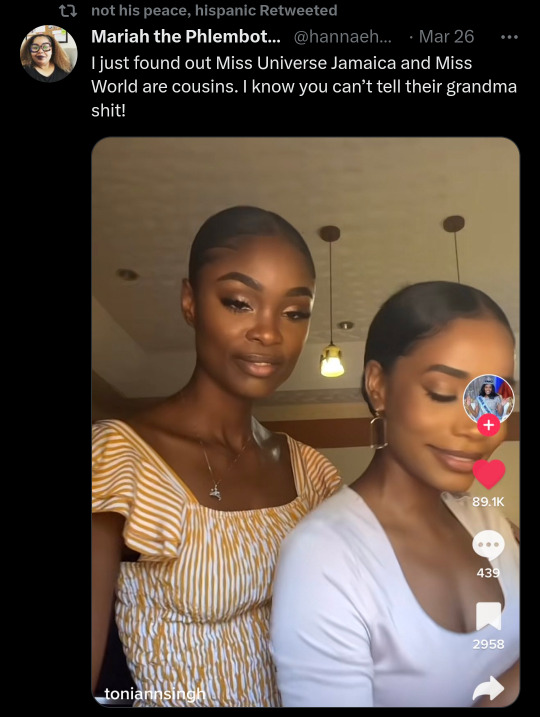
#Jamaican#Jamaicans#Jamaican queens#toni ann singh#Toshami calvin#Miss universe#miss world#Black queens#Afro jamaicans
0 notes
Text


calling all besties !!! KILL
#hc speedrun!!!!!#rarity is Egyptian#fluttershy is Nigerian#pinkie pie is Jamaican#twilight is Filipina#applejack is an Afro Indigenous Mexican#rand ainbow is Thai!!!#an image description is provided as well!!!#my little pony#rarity#fluttershy#pinkie pie#twilight sparkle#applejack#rainbow dash#mlp#mlp human#doodles#draws
2K notes
·
View notes
Text

#brown skin#melanin#black girl aesthetic#double d#afro#kinky hair#jamaican women#black girls#shea butter#black girl moodboard#peace#thick babe#thick thighs
346 notes
·
View notes
Text

d'bi.young anitafrika
Gender: Non binary (she/they)
Sexuality: Queer
DOB: 23 December 1977
Ethnicity: Afro Caribbean - Jamaican
Nationality: Canadian
Occupation: Dub poet, writer, performance artist, scholar/educator, playwright, singer, activist, actor
#d'bi.young anitafrika#d'bi young anitafrika#black excellence#lgbtq#non binary#queer#1977#afro carribean#jamaican#caribbean#poc#black#poet#playwright#teacher#singer#activist#actor#popular#popular post
157 notes
·
View notes
Text
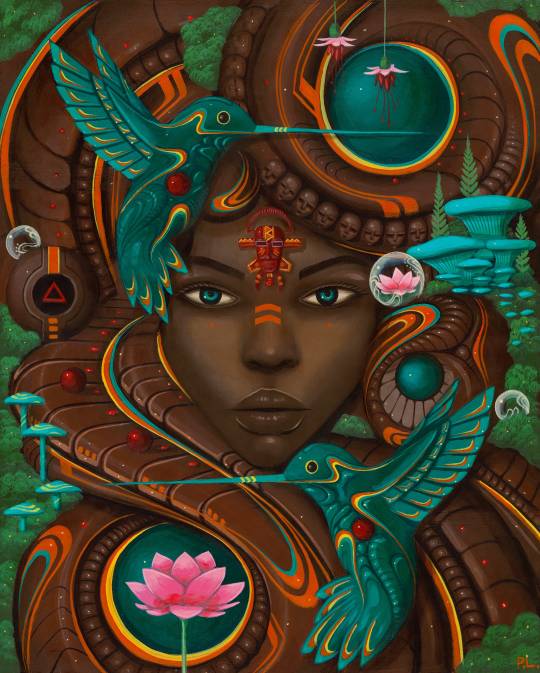
Paul Lewin — Convergence (acrylic on wood, 2022)
179 notes
·
View notes
Text



#black cake#blasian representation#sino jamaican representation#jamaican representation#chinese jamaican#afro asian#black jamaican#afro jamaican
11 notes
·
View notes
Text




5 notes
·
View notes
Text
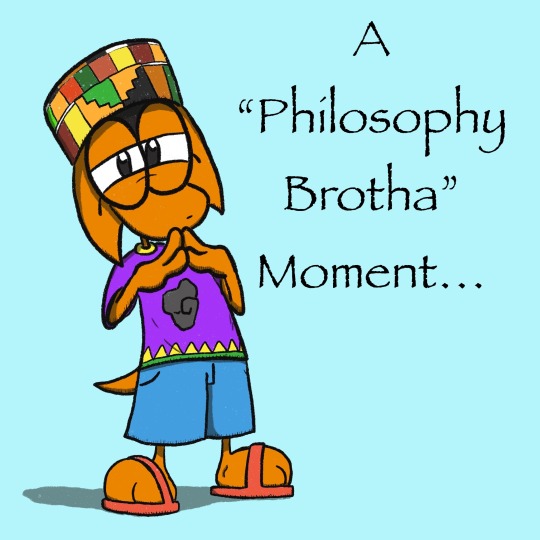

#web comics#dod#90s nostalgia#comics#defendersofdreams#illustrators on tumblr#anime#sketchbook#student#weed#philosophy#kente cloth#knowledge#words of wisdom#wisdom#star wars#jar jar binks#jamaica#jamaican#cuss words#afroguru#afrofuturism#afrocentric#afro
3 notes
·
View notes
Text
Jason and Stephanie are exceptional as fuck already but i will die like they did when they were Robins on the hill that their characters would be even better if they were black.Jason having the fact that he was a sweet,cheery and often nerdy kid who never did anything to deserve what the Joker did to him erased in-universe because of being afrolatino,taking justice into his own hands,putting up a tough guy front as a trauma response but also thinking that showing physical affection means he isn't is gringo nonsense which would be a really funny contrast to his natural rough housing and teasing.And in Stephanie's case,it's kinda hard not to love the idea of a spunky and chaotic blasian girl who's unorthodox but cool skills and zero tolerance for bullshit never detract from how kind,feminine and beautiful she is and who comes from an abusive household that she frees herself and her mom from by becoming a superhero that employs her cultures into her alter ego.I'm most definitely biased because i'm a biracial black person and ofc all nonwhite headcanons for them are valid but these hold an extremely special place in my heart❤💜💕
Also if you like/reblog/make posts that exclude Duke and Cass as Batkids,this is not for you
@peachyblkdemonslayer @jai-balayya @insomniac-jay @kyojurolover @theultimatesagavan @darth-nessight @save-young-justice
#jason todd#stephanie brown#black jason todd#black stephanie brown#latino jason todd#afrolatino jason supremacy#blasian stephanie brown#(specifically afro-dominican and jamaican/south korean mixed)#i'm black tag#latina tag#i'm biracial tag#dominican tag#batfam#robin#red hood#spoiler#batgirl#young justice#wfa#teen titans#rhato#ditf#utrh#ditf 2020#letters from summer
50 notes
·
View notes
Text
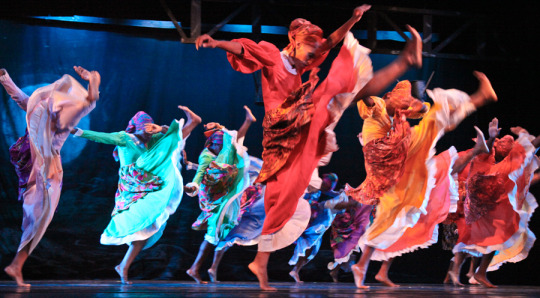
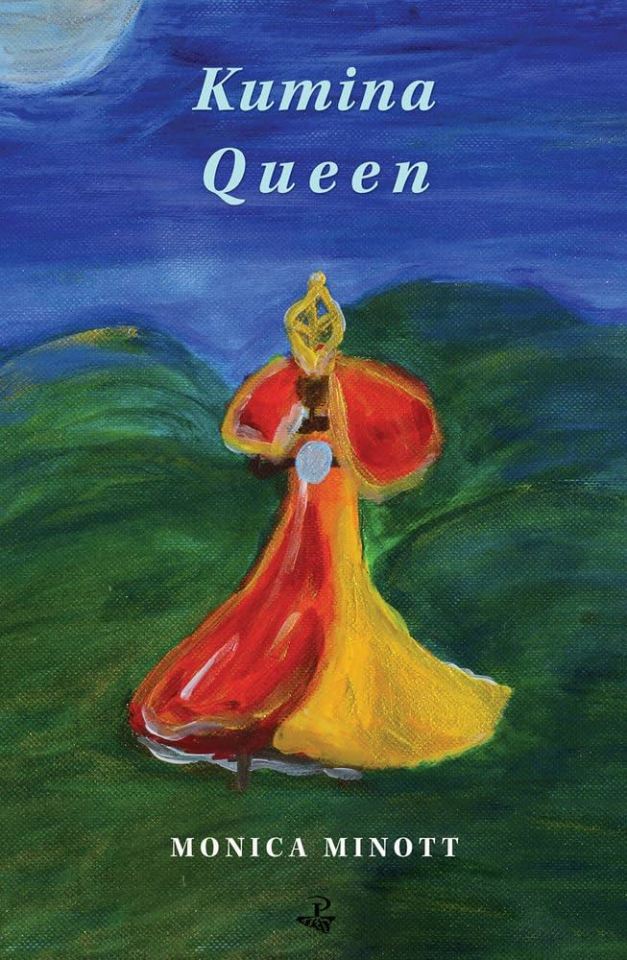
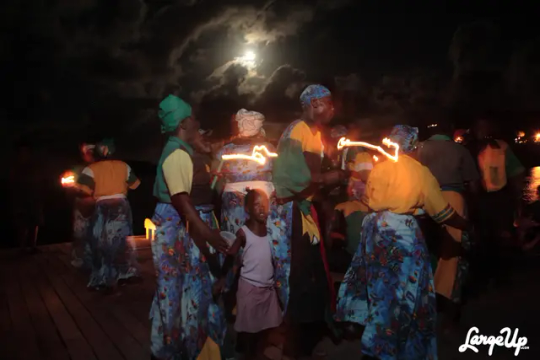
Kumina is an Afro-Jamaican religion. Kumina has practices that include secular ceremonies, dance and music that developed from the beliefs and traditions brought to the island by Kongo enslaved people and indentured labourers, from the Congo region of West Central Africa, during the post-emancipation era. It is mostly associated with the parish of St. Thomas in the east of the island. However, the practice spread to the parishes of Portland, St. Mary and St. Catherine, and the city of Kingston.

Kumina also gives it name to a drumming style, developed from the music that accompanied the spiritual ceremonies, that evolved in urban Kingston. The Kumina drumming style has a great influence on Rastafari music, especially the Nyabinghi drumming, and Jamaican popular music. Count Ossie was a notable pioneer of the drumming style in popular music and it continues to have a significant influence on contemporary genres such as reggae and dancehall.
The Kumina riddim is a dancehall riddim produced by Sly & Robbie in 2002. It has featured in recordings of over 20 artists including Chaka Demus & Pliers and Tanya Stephens.
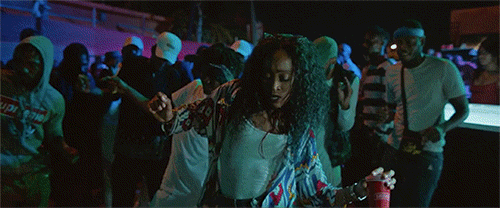
Kumina is an Afro-Jamaican Religion and is not the same as Pukkumina or Pocomania.
Kumina emerged through the practices of indentured labourers who were brought to Jamaica from the Kongo region of central Africa after the abolition of slavery. In the second half of the 19th century it syncretised with Myalism. Kumina differed from Zion Revivalism in rejecting the belief that the Bible should be the central authority behind worship.
The practices of Kumina are primarily linked to healing.[4] Healing ceremonies utilise singing, dancing, drumming, animal sacrifice, and spirit possession, with the intent of summoning spirits to heal the sick individual. These elements are also found in Myalism and Zion Revivalism.
Organization of Kumina communities follows the general local character of African religions in Jamaica. Kumina communities are small family based communities or nations. Some nations include Mondongo, Moyenge, Machunde, Kongo, Igbo, and Yoruba. People from Kumina families are given the title Bongo. Marrying into a Bongo family is one avenue to become a part of a Kumina nation; special initiation is the other avenue. Kumina nations are led by a "King" and "Queen". Imogene "Queenie" Kennedy AKA Queenie III (c1920-1998) was a well-known Kumina Queen in the 20th century, born in St Thomas in the late 1920s she later moved to Kingston and then Waterloo, St Catherine.


The use of cannabis or ganja in Kumina may have been an influence on the adoption of this plant as a sacrament in Rastafari, a religion that developed in Jamaica during the 1930s.
#kumina#afro jamacian#jamaican#rastafari#african#afrakan#kemetic dreams#africans#brown skin#afrakans#african culture#afrakan spirituality#brownskin#rasta#rasta love#dancing rasta#rastaman#kisumi amau#impulsesv#tegan and sara#sexy nerd
8 notes
·
View notes
Text

51 notes
·
View notes
Text

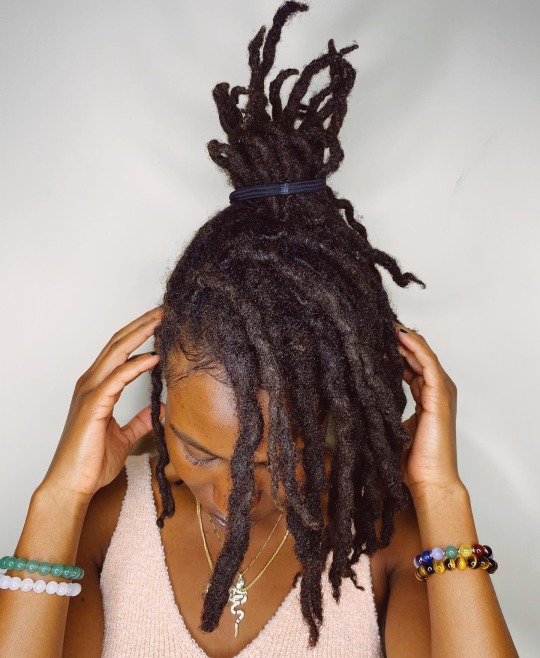
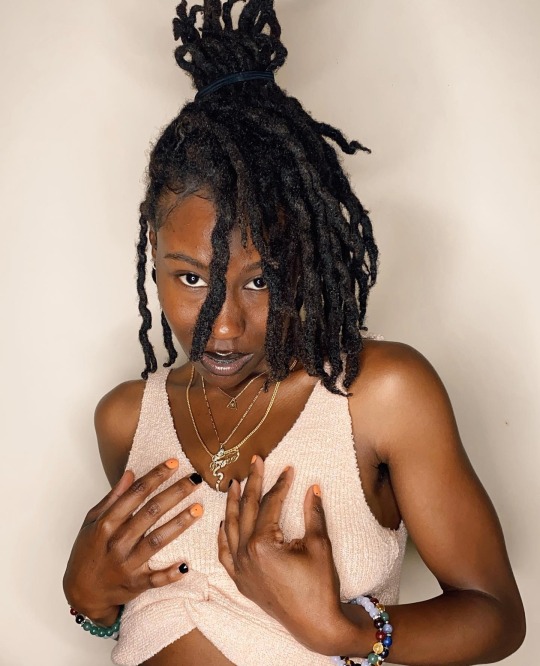
Melanie on loc
#black girl beauty#black girls rock#blackgirlmagic#fitspiration#blackgirlmajik#starter locs#afrohair#beauty#melanin#afro nation#textual locs#dreadlocstyles#dreadlocs#robyn rihanna fenty#beyonce#locnation#rastagirl#jamaican
30 notes
·
View notes
Text

Janaya Khan
Gender: Non binary (they/them)
Sexuality: Queer
DOB: 23 November 1987
Ethnicity: Afro Caribbean (Trinidadian, Jamaican)
Nationality: Canadian
Occupation: Activist, writer, prof boxer
Note: Co founder of Black Lives Matter Toronto
#Janaya Khan#queerness#enby#lgbt#lgbtq#non binary#queer#1987#black#afro caribbean#caribbean#poc#biracial#Trinidadian#Jamaican#canadian#activist#writer#athlete
69 notes
·
View notes
Text


saw a reel that happened to be about pete wentz and i’m not even remotely into this stuff but the comments were full of comments like these and man…. like idk how u missed that one it’s almost comical since it’s not like he hides it but mostly it’s disheartening
#like even i knew that. and i have never thought about him for more than ten seconds at a time#then again i follow a handful of emos and most of them are poc#also there was a couple comments from people saying what is afro jamaican (a phrase used in the video) which was. weird#my MOM is (among other things) afro jamaican like…#btw i am white and also again not remotely involved so i cant really comment#but like. yeah the racism in the emo community (like any community! not like any of mine are exempt) is strong
3 notes
·
View notes
